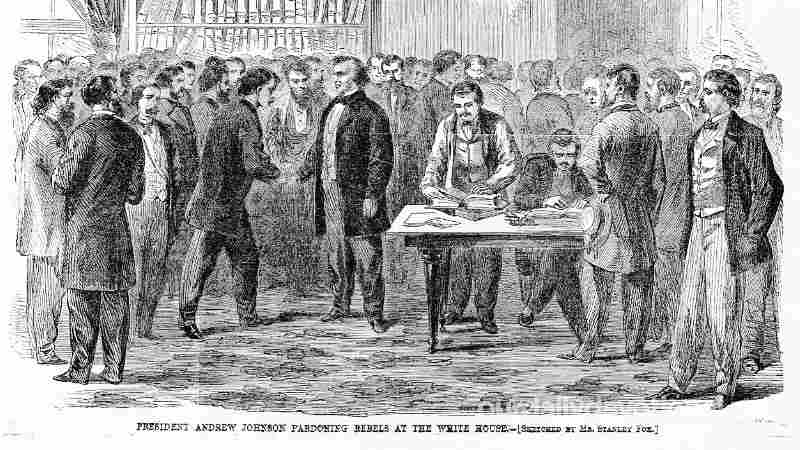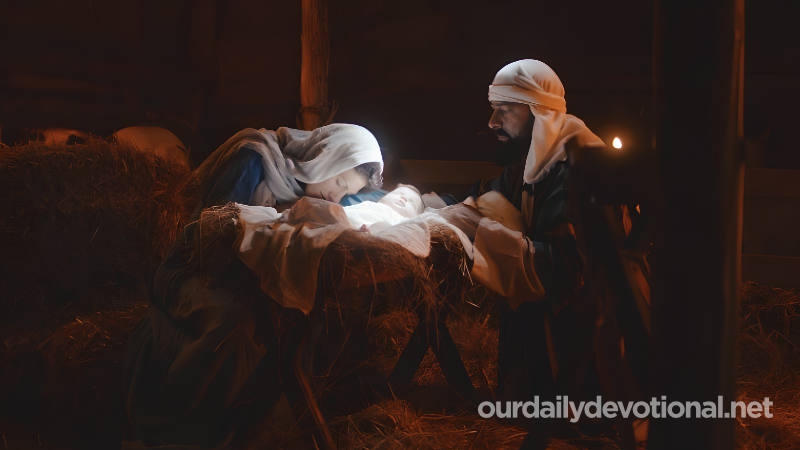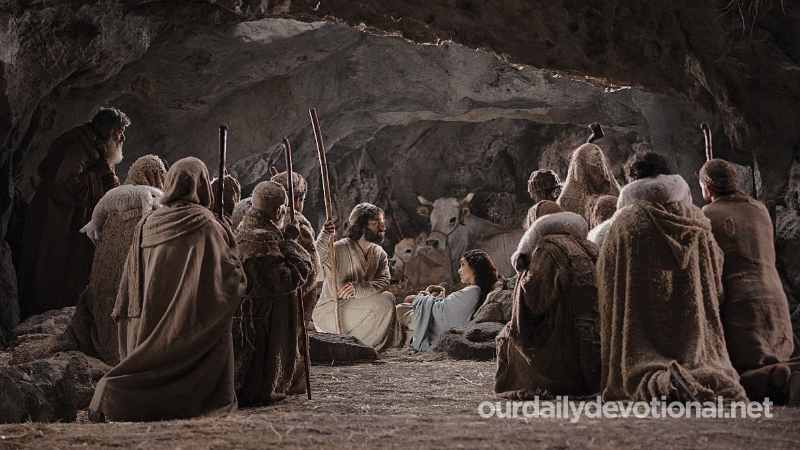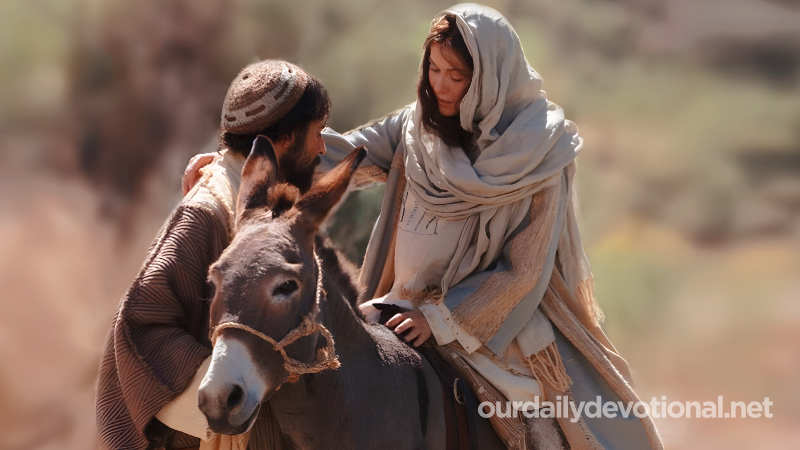Title of the king of Egypt; It was used with or without the name of the sovereign. Based on Courville's critical study (see Bibliography in EGYPT), the following identifications can be offered of those who reigned in the time of Joseph, the oppression, and the exodus.
It should be kept in mind that Courville's study represents a thorough revision of the chronologies generally accepted as true, but which suffer from serious flaws and anachronisms; The revised chronology, on the other hand, achieves systematic coherence with Egyptian monuments, inscriptions and documents, on the one hand, and with the Scriptures on the other.
(a) The Pharaoh who elevated Joseph to the rank of vizier (cp. Gen. 40-47) is identified, based on the revised chronology, with Sesostris I. Among other reasons that support this identification is an inscription of one of its governors affirming their prudent administration of the grain previously gathered and stored in anticipation of a famine that had to come (Courville, vol. I, p. 134), in addition to another inscription, from Bebi, which Courville documents as contemporary with the previous one ( approx. 1638-1593 BC).
(b) This agrees with the fact that the pharaoh "who did not know Joseph" (cf. Ex. 1:8) would be Sesostris III. This pharaoh undertook a large construction project in the region of the Nile Delta. These constructions were of brick, and not stone, as documented by Breasted ("History of Egypt", pp. 196, 198) (cp. Ex. 1: 14).
Almost all the kings of this dynasty (the 12th) used brick in the construction of their pyramids. And Josephus says that the Israelites built pyramids for the Egyptians (Ant. 2:9, 1). Both he and his successor Amenemhet III focused their construction activities in the Delta, the land of Goshen.
It is in this area that the cities of Pitón and Pi-Rameses have been located. Although most of the remains of these cities were attributed to Ramses II, see the section dedicated to said monarch. On the other hand, Sesostris III had as one of his alternative names that of Ramessesos, and that of his successor Amenemhet III that of Ramessemeno.
These, along with Ramesse, were the pharaohs of oppression. There was, however, a change of dynasty. Ramesse was the first pharaoh of the 13th dynasty, the last pharaoh of oppression, and Koncharis the pharaoh of the exodus.
After the exodus there is a long silence about Egypt in the Bible. No Pharaoh is mentioned until the reign of Solomon (1 Kings 3:1). This period is difficult to explain if the commonly accepted chronology for the history of Egypt is accepted, since monarchs such as Ramses II and Merneptah would have been contemporaries of Ehud and Barak respectively.
However, there is no concordance between the complete absence of Egypt in the time of the judges and Merneptah's victories over Israel in his Stele of Victory.
However, the documented identification of the Amalekites with the Hyksos (Courville, vol. I, pp 227-241; Velikovsky, pp 55-101) provides the key to this silence. The predatory empire of the Hyksos, which achieved dominion over Egypt without encountering resistance (Josephus: "Against Apion": 1:14), had its beginning with an Egypt prostrated by the ten plagues, the destruction of the army and the death of the pharaoh ruling, with which the country would have been plunged into a state of confusion (see EGYPT and EXODUS).
The battle at Rephidim between the Israelites who were leaving Egypt and the Amalekites, who entered (cp. Ex. 17:8-16) is the key point that marks the beginning of the Hyksos empire in Egypt. Its end is also marked in the Scriptures with the defeat of the Amalekites by Saul (1 Sam. 15), after having been expelled from Egypt by Amhose I (around 1025 BC).
(c) Shishak is the first of the pharaohs to be mentioned in the Bible by name (1 Kings 14:25, 26; 2 Chron. 12:2-9). He is generally identified with Sesonk I. However, Courville documents that Sesonk I belonged to a later dynasty, during Assyrian rule of Egypt (Courville, vol. I, pp. 252-265; vol. II, pp. 104-106 ).
The earlier identification of the Amalekites with the Hyksos, and their destruction under Saul with their expulsion under Amhose I (1025-1000 BC) allows the identification of Shishak with Thutmose III (928-903 BC). The New Empire rose with him to the peak of its power, gaining possession of Palestine and the territories east and north of the Euphrates.
Thutmose III gave an inscription listing the conquered cities of Palestine, and a representation of the utensils and treasures of the temple of Jerusalem (Velikovsky, PP. 144-177).
(d) So (2 Kings 17: 4) is identified with Ramses II (793-726 BC), towards the late period of his reign, after a long process of decline. His throne name was Ra-user-Maat-Sotepen-Ra.
He undertook the reconstruction of the cities of the Delta, which had been destroyed in the campaigns of Ahmose I against the Hyksos.
In these reconstructions he had his name inscribed with great profusion (Courville, vol. I, pp. 116-118; Wright, "Biblical Archaeology", p. 60).
(e) To Tirhaca (2 Kings 19:9); Neco (2 Kings 23:29-34) and Hophrah (Jer. 44:30), see EGYPT, (a) C.
Other pharaohs mentioned in the Bible are:
(f) The Pharaoh who, believing Sarah to be Abraham's sister, took her into her harem. God intervened before anything irreparable occurred (Gen. 12:15-20).
(g) The Pharaoh whose daughter Bithia married Mered (1 Chron. 4:18).
(h) The pharaoh whose daughter married Solomon, Thutmose I (987-967 BC). This pharaoh conquered and burned the city of Gezer in Canaan (1 Kings 3:1; 7:8, etc.; 1 Kings 9:16), giving it as a dowry to his daughter.
(i) The Pharaoh who gave hospitality to Hadad when he fled from Solomon, giving him his sister-in-law as a wife (1 Kings 11:14-22). (Certainly Thutmose III, see c.)
Meaning of PHARAOH
Title of the king of Egypt; It was used with or without the name of the sovereign.







